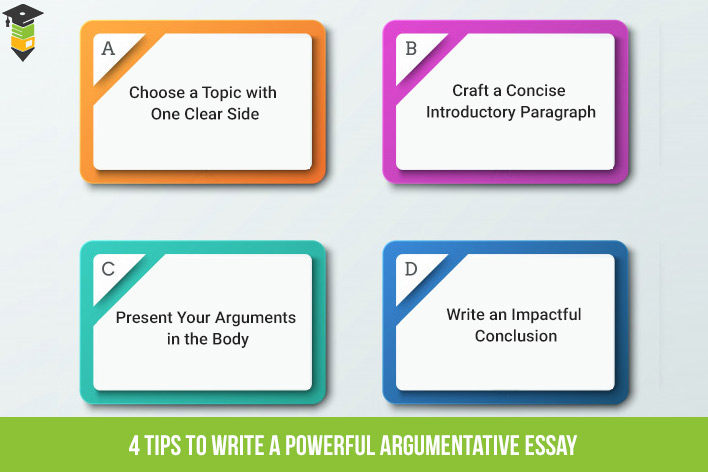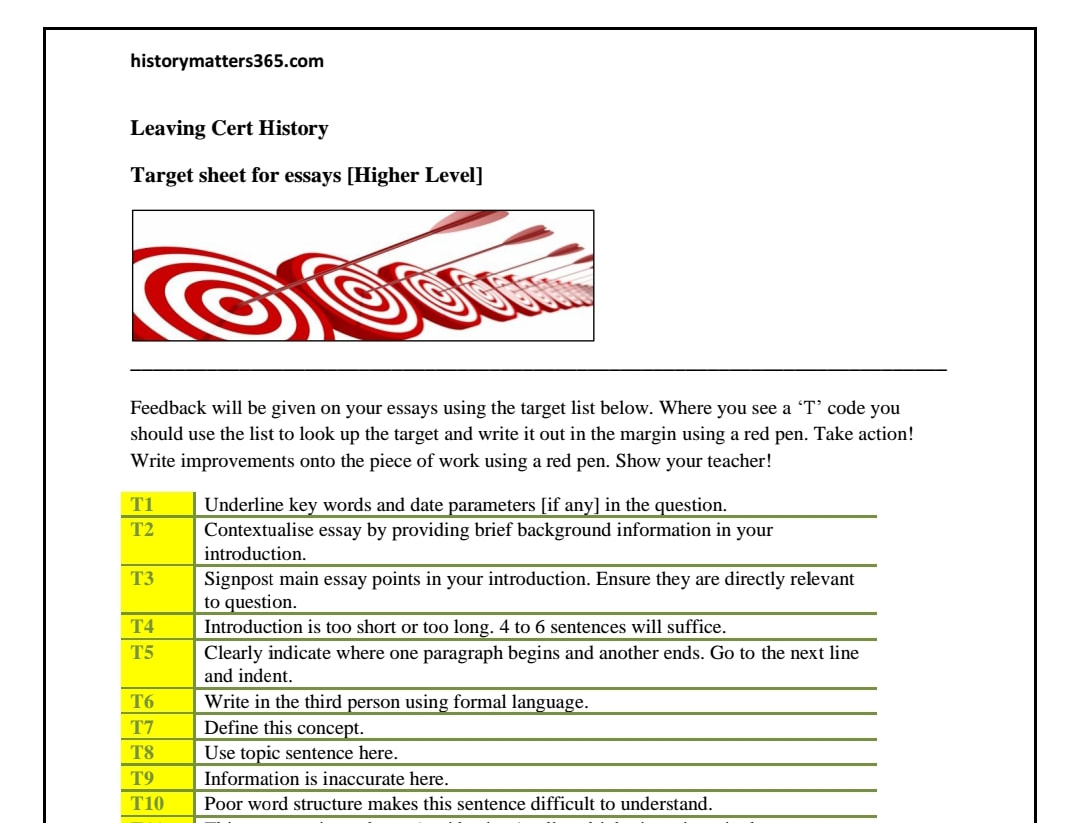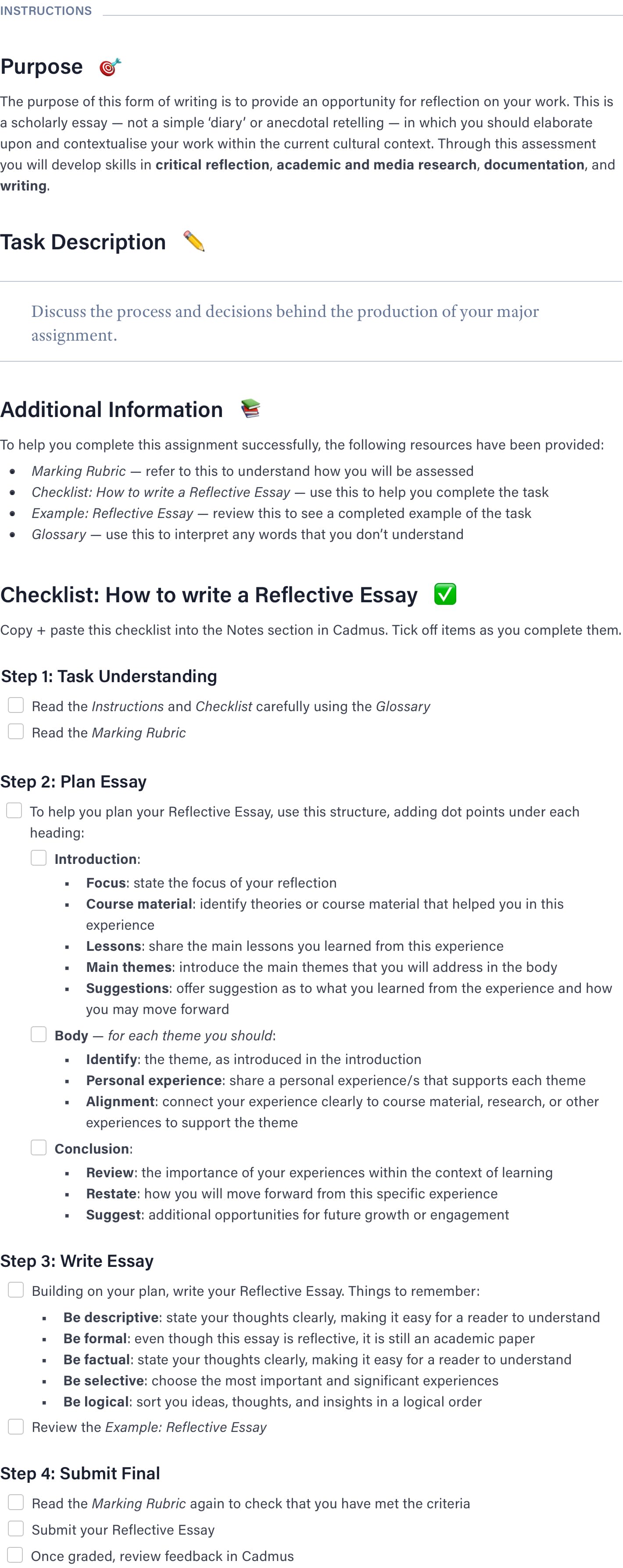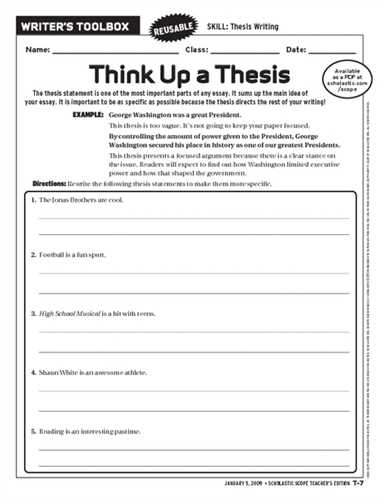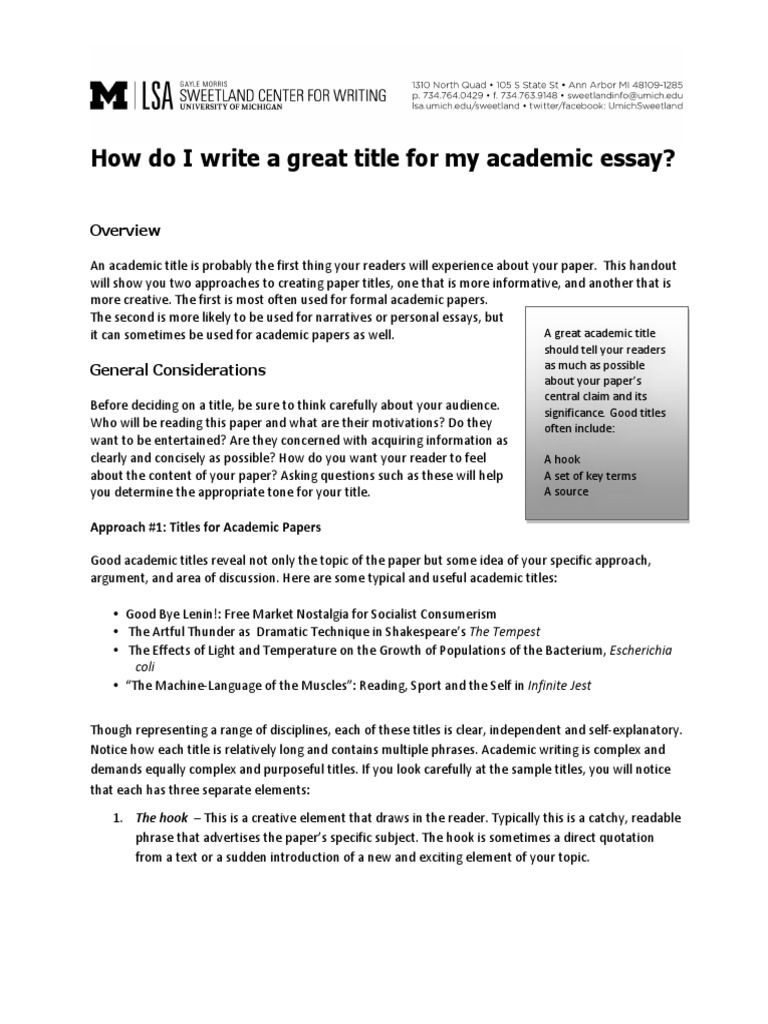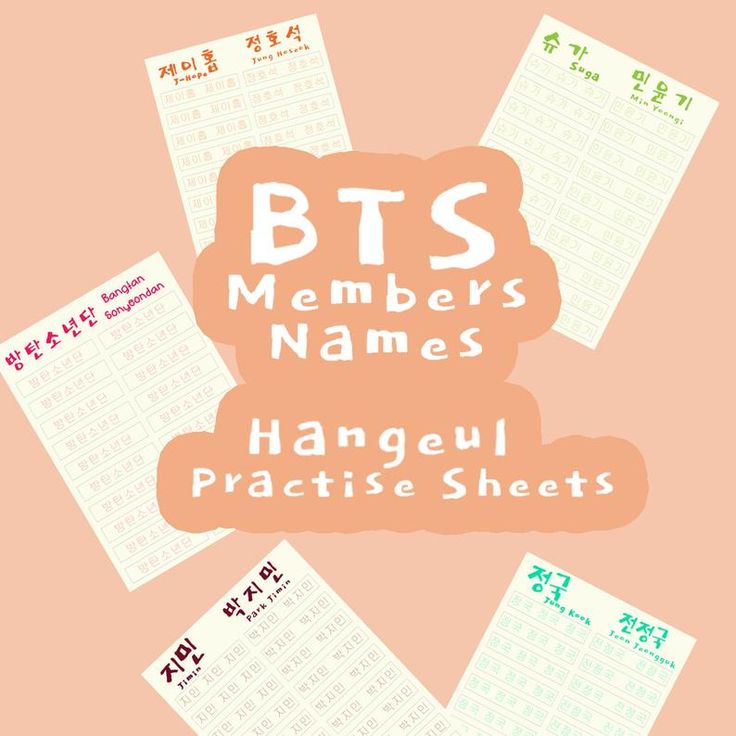How to Write an Intro Paragraph For an Essay
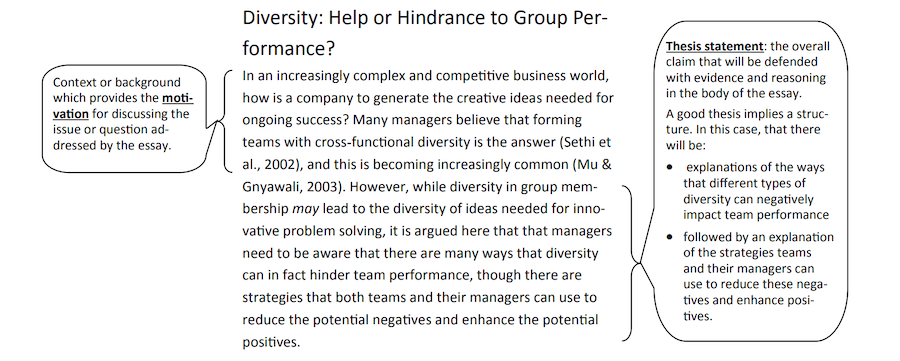
If you’re struggling to come up with a compelling introduction paragraph for your essay, there are some tips you should follow. This article will discuss the importance of an attention-grabbing hook, Context, Thesis statement, and Transitional sentence. Once you’ve learned how to write an intro paragraph, you can write your own essay in no time! Start today! There are plenty of resources out there to help you get started.
Hook
Writing an intro paragraph for an essay begins with an effective hook. This hook can be a funny story, a quote, a sports incident, or poetry. You can also use high or low culture or personal references. Regardless of the form you choose, make sure to create a smooth transition to your thesis statement. The next step is to write an introductory sentence that gets your reader’s attention and leads them to read the rest of your essay.
The structure of your intro paragraph will depend on the type of paper you’re writing. If it’s a research paper, professors may want you to present a hypothesis or research question in the first paragraph. On the other hand, if you’re writing an argumentative essay, you’ll want to make sure the introduction provides background information about your topic and includes a strong claim. Once you’ve chosen the structure of your intro, make sure to include it at the beginning of the essay.
Context
The introduction paragraph of an essay is an essential part of the entire paper. It serves two purposes. It sets the context for the essay and provides the reader with a thesis statement. The thesis statement establishes the author’s point of view and the specific aspects of the issue that the essay will address. The introduction paragraph can be analyzed by using the questions above. The final product will be a powerful piece of writing that will get your reader’s attention and engage them throughout the essay.
When writing an introduction, it’s essential to keep it simple and to the point. It’s a good idea to use a general statement about the topic rather than include too much information. Make sure the topic isn’t controversial – too much information can be confusing. Don’t use too many commas either. Instead, make each sentence clear and concise. Use transitional sentences to introduce different aspects of your topic.
Thesis statement
The introduction serves as a preview of what the essay is about. A good introduction gives the reader an idea of what to expect from the paper. It is typically linked to the thesis statement and comes after the opening statement. Here are some tips to help you create an effective introduction. Here are some examples:
The first sentence should state your topic and be shorter than the next. This will entice the reader to read more of the paper. The third sentence should be your hook, which may be a question, general facts, statistics, or a thesis statement. Then follow up with supporting points that support your hook. The goal is to draw the reader in gradually. After the hook, you can move to the next sentence, where the focus of the paper is defined.
Transitional sentence
A transitional sentence is a sentence that signals the beginning of a new paragraph and summarizes the previous one. These transitional sentences can also be used to summarize the previous paragraphs, so that the reader is not distracted from the flow of ideas in a paragraph. While each paragraph should focus on one specific topic, a transition sentence can signal the theme of the next paragraph. When used properly, transitional sentences can help strengthen a paragraph’s content and establish a clear direction.
Often, a transitional sentence in an intro paragraph for an essay can be used to introduce a quote by a famous author. The first part of the second sentence should be a paraphrase, and the second part should serve as a lead-up to the thesis statement. The thesis statement will provide the reader with a mini-outline of the paper, letting them know that the paper will present imagery in three places. In the last sentence, the writer can use the senses and words to describe a specific object or scene in a story.

